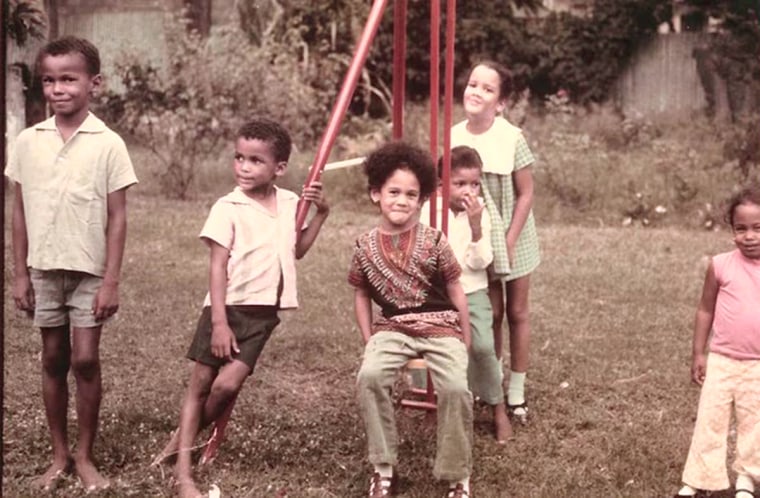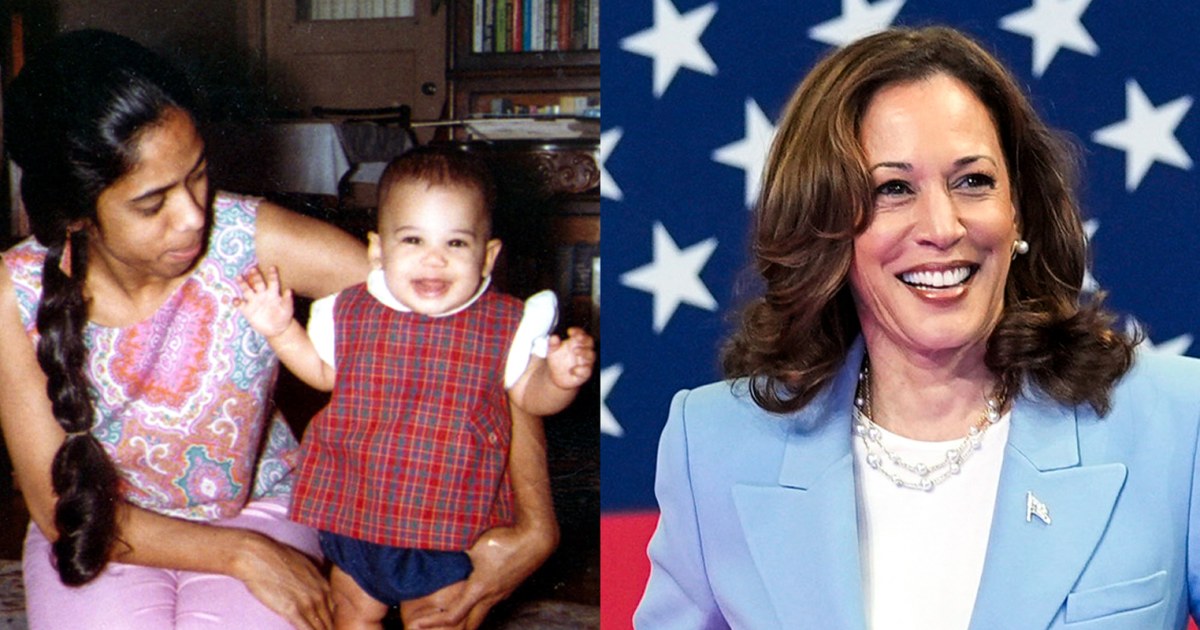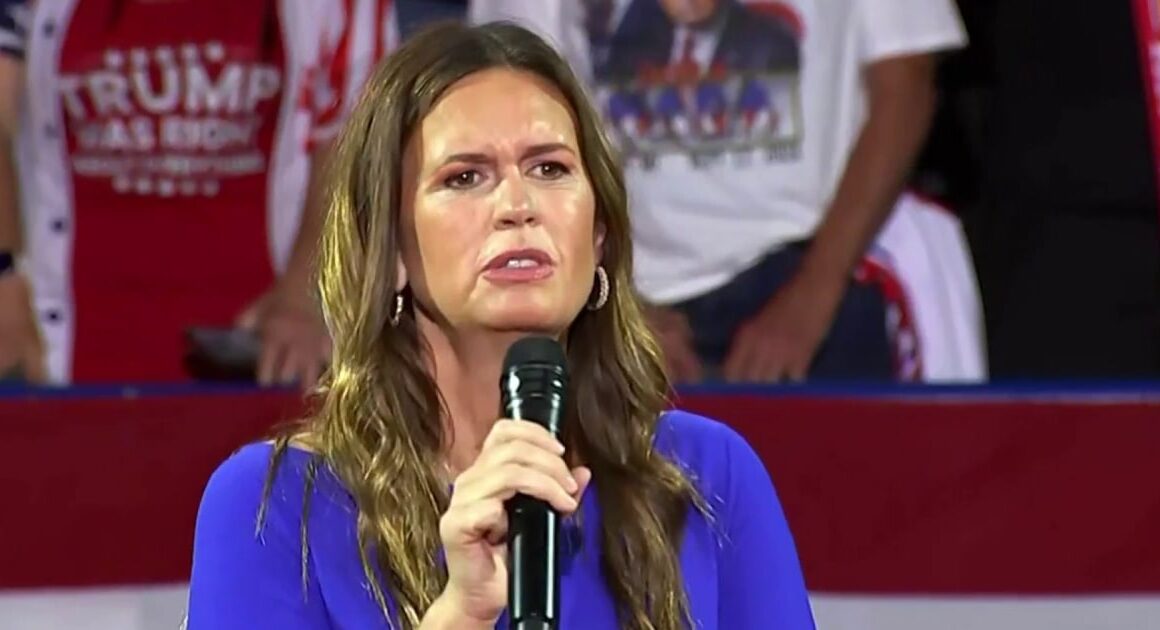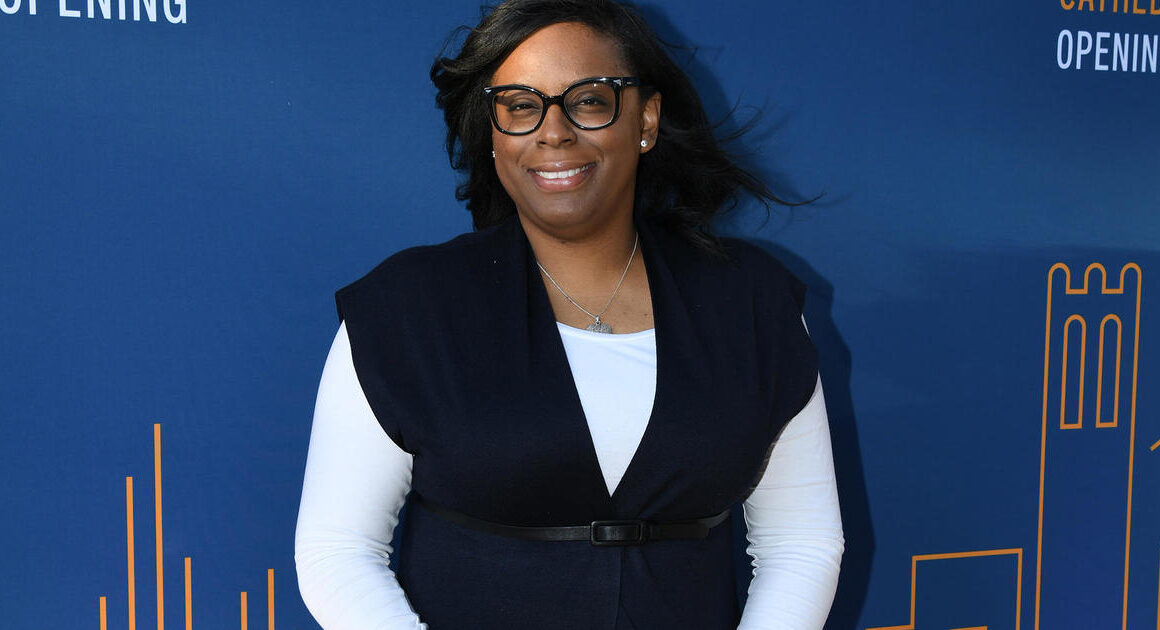In her rousing Democratic National Convention address Thursday night, Vice President Kamala Harris paid homage to her mother’s determination, “traveling from India to California with an unshakable dream.” I, like Harris, am a mixed-race South Asian. My father is Pakistani and my mother is Caucasian (mostly British, though born and raised in Southern Africa). And the tired racialized narratives about Harris’ identity are familiar, echoing narratives and projections about my own identity that I’ve navigated throughout my life. The untidiness of mixed-race identities and the discomfort that produces foregrounds our collective preoccupation with categorizing and ordering people, an often dehumanizing process — not to mention, a stubborn relic of the colonial episteme.
According to her detractors, Harris is either “too Black” or “too Indian” or not enough of either.
According to her detractors, Harris is either “too Black” or “too Indian” or not enough of either. In the words of former President Donald Trump’s running mate, Sen. JD Vance of Ohio, she “is a fundamentally fake person.”
“I believe that Kamala Harris is whatever she says she is,” Vance said in an interview with CNN earlier this month. “She pretends to be one thing in front of one audience. She pretends to be something different in front of another audience.”
“Is Kamala a chameleon? Is she Indian?” cried former wrestling star and MAGA fanboy Hulk Hogan in a video obtained by TMZ. He followed this with a racist, so-called Native American greeting. (Hulk, are you OK?)
More than anything, these examples evince to me just how unstable racial categories are. Mixed-race folx are often reduced to a binaristic paradigm — they are either too much of one thing or not enough of either. Or, paradoxically, they are both at the same time.
Throughout my life, I have been told I am not white enough. I am not brown enough. Or I am too brown. Though, interestingly, never too white. The one-drop rule, a Jim Crow-era law which stipulated that even one drop of blood from a Black ancestor made someone Black (as though it is a contamination), seems alive and well in how we collectively define mixed-race people today — especially if you present as anything other than white. (Colorism is an entirely different dimension of this.) And these narratives insist we are “whole of nothing.” It’s important to note that Harris’ lived experience is different in a multitude of ways, not least because she is competing with being two different kinds of minorities, contending with the heavy burden of historical racism around Blackness in this country and the suspicion of being an Indian foreigner. Suffice it to say, conversations around mixed-race identity are infused with covert white supremacy. One way I encounter it, for example, is in the refusal to accept mixed-race people, who are partially white, as white.
I’ve been told by white people that I profit off of being brown (the “DEI accusation” levied by white people who feel that minorities can bypass meritocracy, which is itself a fallacy). It’s as though the world — built on tenuous, stratifying racial paradigms — cannot handle the embodiment of identities that destabilize these paradigms. We saw this discomfort play out a few weeks ago when Trump questioned whether Harris was “Black enough.”
“She was only promoting Indian heritage,” Trump said in an interview at the National Association of Black Journalists convention. “I didn’t know she was Black until a number of years ago, when she happened to turn Black, and now she wants to be known as Black.” He added, “Is she Indian or is she Black?”

That preposterous question perfectly captures the discomfort produced in many by the existence of mixed-race people, who embody experiences and/or identities that challenge our racial ordering.
My experience as a mixed-race person makes me reflect on racial formation theory, a framework introduced by sociologists Michael Omi and Howard Winant in the 1980s, which postulates “that ‘race’ is a social and political reality that remains unfixed, due to the role of institutions and groups in shaping its meaning,” sociologist Eileen O’Brien explains in “The Cambridge Handbook of Sociology.” Mixed-race people both highlight the instability of racial categories and further destabilize these ideologies.
Throughout my life, I have been told I am not white enough. I am not brown enough. Or I am too brown. Though, interestingly, never too white.
However, it’s worth noting that, like most things that emerged in the ‘80s, we should take this with a grain of salt. For example, detractors, such as sociologists Joe Feagin and Sean Elias, argue that the theory doesn’t do enough to decenter whiteness. “[R]acial formation theory inadequately explains: racial meanings and white racial framing; US society’s racial foundation; the US state and other sites of racial contestation; whites’ and white elites’ centrality in contemporary racism; challenges to a racially pluralistic democracy; and group resistance to racism, especially that of the black ‘radical’ intellectual tradition,” they write in “Rethinking Racial Formation Theory: A Systemic Racism Critique.” Nonetheless, Omi and Winant’s contributions were critical in exposing the instability and sophism of racial categories, which, of course, continue to haunt us to this day.
I don’t find the current mainstream discourse around Harris (and other mixed-race folx) useful — applying racial litmus tests and debating to what extent she and others like her qualify for certain groups and identities. But I do find conversations about my identity as a mixed-race person useful when it’s self-reflexive and when they help situate me in terms of intersectionality.
For example, I’m interested in discussing how being half-white provided me with the cultural capital that helped me be admitted into and navigate the elite institutions I’ve attended for my undergraduate and graduate studies, even as I’m read as brown. Being half-white has afforded me extraordinary privileges. But/and how much was my drive to attend such institutions born from a compensatory and perfectionist part, burdened by my own experiences with racism, that believes I am less-than because I am brown and that I must excel in order to be worthy?
My brother and I had many of the same socioeconomic privileges as my white cousins, for example, which my brown cousins have not had. Conversely, we were unable to visit South Africa, where my mother was primarily raised, and meet my family there until after 1994, because of apartheid and the enforced segregation. My white cousins were able to make that trip years before my brother and I were. The point is, it’s messy and complex and nuanced.
These are the kinds of mainstream conversations that I believe we should be having about Harris’ identity, through the prism of intersectionality — conversations that allow us to interrogate shifting power dynamics and the instability of racial categories. This, I believe, would serve us all well. But questioning whether Harris is Black enough or Indian enough is not in service of anything — except white supremacy.
![]()




